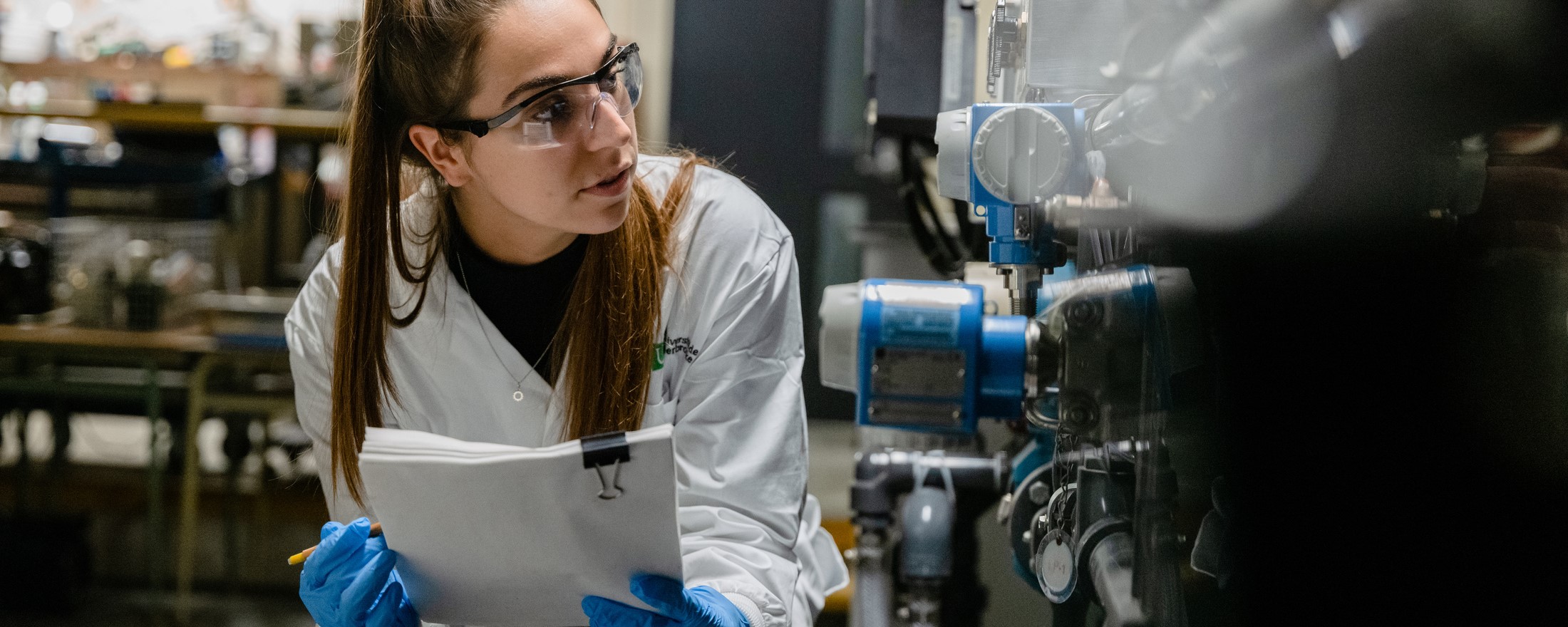Image recognition for the inventory of endangered alpine arctic plants using drones on the cliffs of National Parks in Canada
Overview
- RESEARCH DIRECTION
- Louis Petit, Professeur - Department of Electrical and Computer Engineering
- RESEARCH CO-DIRECTION
- Alexis Lussier Desbiens, Professeur - Department of Mechanical Engineering
- ADMINISTRATIVE UNIT(S)
-
Faculté de génie
Département de génie électrique et de génie informatique
Département de génie mécanique
Institut interdisciplinaire d'innovation technologique (3IT)
- LEVEL(S)
- 3e cycle
- LOCATION(S)
- 3IT - Institut interdisciplinaire d'innovation technologique
Project Description
Some difficult-to-access cliffs in Forillon National Park, in Gaspésie, are colonized by rare alpine arctic plants of conservation interest. The goal of this project is to automate the process of locating and inventorying these plants using data collected by drone flight. Inventories of threatened plant species make it possible to document the flora and target conservation measures. In this research project, we plan to address the challenges that arise for the recognition of rare plants on cliffs. These challenges relate, among other things, to the resolution of images, the recognizability of plants and the rarity of species. To address these challenges, we will start by studying the performance of existing techniques (e.g. YOLOv8, ViT - Vision Transformer) for rare plants. We plan to explore different approaches to adapt these models: transfer learning (to distinguish common and rare similar plants), segmentation for semantic elimination (e.g. species only present in rocky environments without vegetation), multi-modal recognition ( e.g. with characteristics known a priori for each species). We will also study the impact of the choice of sensors (e.g.: infrared multispectral camera), as well as flight conditions (e.g.: sunshine vs. shade, different viewing angles, drone-cliff distance to avoid disturbing wildlife and optimize the compromise between image resolution and flight autonomy). We will work on the geo-annotation of images (camera projection on a 3D model of the cliff, and visualization interface) to accelerate the annotation process and allow the neural network to generalize for characteristics not recognizable to humans (e.g. : outside flowering period). The project will take place in close collaboration with partners for data collection, model sharing, image annotation, and feedback on the results. Demonstrations will be carried out annually to present the results by deploying the methods developed in the field, at Forillon National Park. The results will be published in leading robotics conferences and journals. Project in collaboration with professors François Grondin (UdeS) and David Meger (McGill). In partnership with Parks Canada and the MELCCFP (Ministry of the Environment, the Fight against Climate Change, Wildlife and Parks). The work will be carried out at the Interdisciplinary Institute of Technological Innovation (3IT), surrounded by the CREATEK team (10 teachers, 12 professionals and 60+ graduate students). You will have access to advanced simulation, design, manufacturing, measurement and control tools. We use agile and iterative design methods, rapidly manufacturing and testing prototypes in real-world conditions.
Discipline(s) by sector
Sciences naturelles et génie
Génie électrique et génie électronique, Génie mécanique
Funding offered
Yes
Partner(s)
Parc Canada , MELCCFP - Ministère de l'Environnement et de la Lutte contre les changements climatiques
The last update was on 28 June 2024. The University reserves the right to modify its projects without notice.
